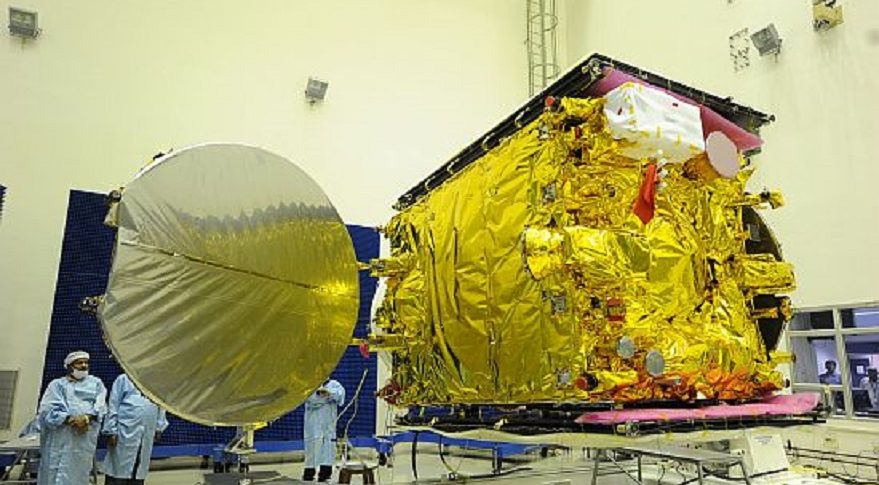Sputnik 1 was the first satellite launched by the Soviet Union into the Earth’s orbit October 4, 1957. Since then, thousands of artificial satellites have been sent to space. You must have seen in the pictures that a gold layer is mounted on the satellite but do you know why it is done?
The yellowish-gold colour outside appears like the satellite has been wrapped in gold.
It is called multi-layer insulation (MLI). It is very light but extremely strong. It is for thermal control and protects the delicate on-board instruments from the extreme temperatures of space.
MLI consists of lightweight reflective films assembled into thin layers that range in thickness. These layers are made of polyimide or polyester films (types of plastics) coated with very thin layers of aluminum.
It is necessary to use the gold layer in the satellite, which has to be sent far into space. Indeed, according to scientists, MLI prevents the satellite from corrosion and protect the delicate part of the satellite from the tiny debris in the space. In addition, the coating of other metals in it helps to prevent harmful infrared radiation and thermal radiation.
According to scientists, if the satellite is not covered by a layer made of gold and other metals, then the dangerous radiation of space will destroy the satellite in an instant. Now since many types of fragile equipments are also installed in the satellite, this layer protects against any object hitting the satellite.
You will be surprised to know that space suits of astronauts also use a layer made of gold and other metals. Images of the Apollo Lunar Module show how NASA has used gold. According to agency engineers, a thin layer of gold leaf was used as the top layer of a thermal blanket used to cover the bottom of the module. The blanket was incredibly complex with 25 layers of material including glass, wool, kapton, mylar and aluminum.
